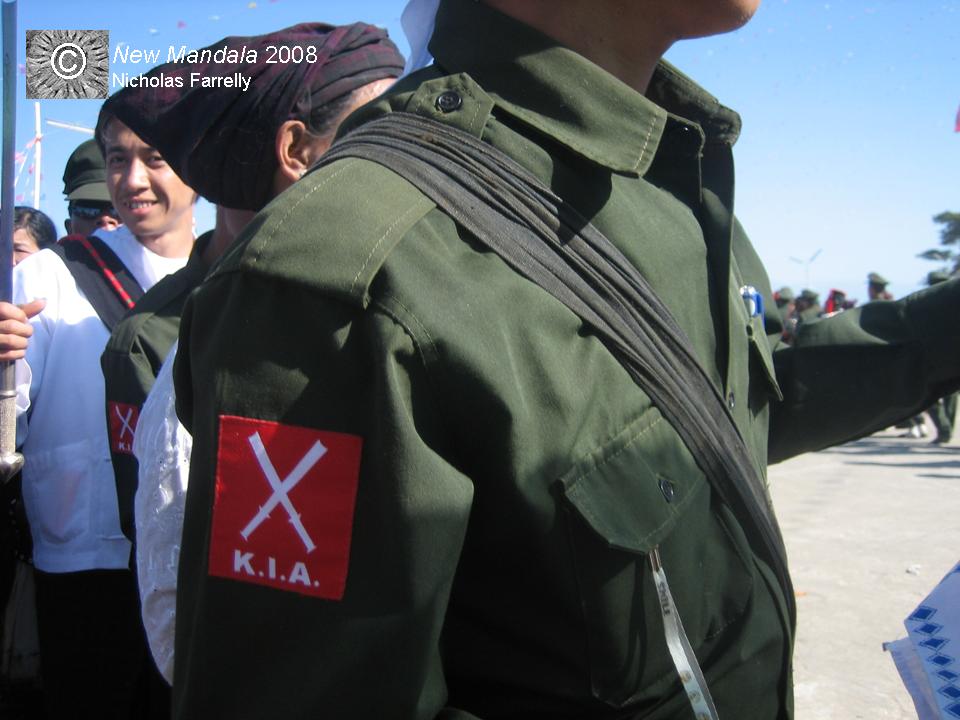The death toll from the new war in the Kachin State, which re-ignited on 9 June 2011, increases day-by-day.
The past week has seen the Kachin Independence Army (KIA) claiming success in its engagements with Burmese government forces, with a report of 30 Burmese troops killed. Of course it remains difficult to get a full tally of combat losses on either side.
However, if the KIA claims over the past three months are to believed then hundreds of Burmese troops have been killed and wounded. And the KIA, for its part, has announced only a very modest number of its own losses. Naturally it is almost impossible to independently verify specific claims about the progress of the new war. But the indications are that the Burmese government forces have found the early phase of renewed conflict very difficult to manage.
Over the next month it will stop raining in northern Burma. That may change the dynamic of the conflict in important ways. It also means we need to consider one of the classic phrases of Burmese military history: “dry season offensive”.
For broader context, these earlier New Mandala posts describe the preamble to and then the commencement of the new Kachin war.
 Facebook
Facebook  Twitter
Twitter  Soundcloud
Soundcloud  Youtube
Youtube  Rss
Rss 